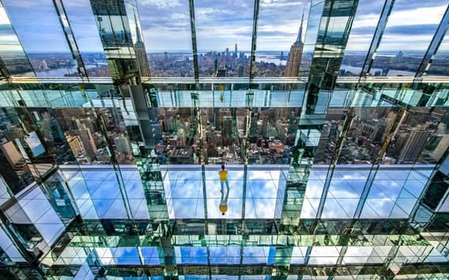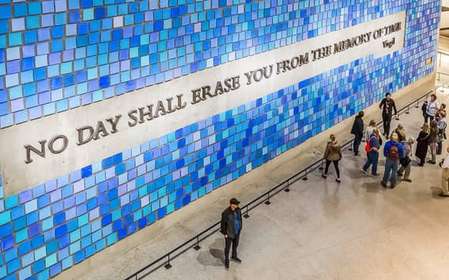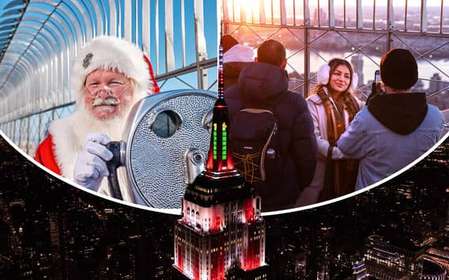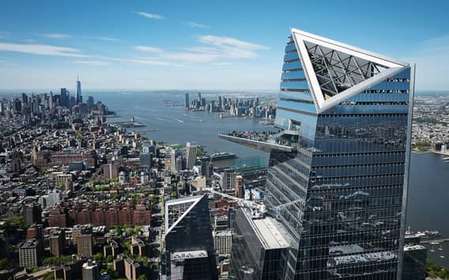- Home
- Useful Tips
- Where to find the best views...
Finding the perfect vantage point in Brooklyn Bridge Park can feel overwhelming for visitors. With 85 acres of waterfront space and over 4 million annual visitors, many travelers waste precious time wandering or end up crowded at obvious spots. The frustration is real – you want that iconic Manhattan skyline photo without jostling for space, or a quiet moment to watch the sunset over the Statue of Liberty. Locals know the park’s layout creates micro-vistas where angles change dramatically within just 50 steps, but most maps don’t reveal these nuances. Whether you’re a photographer chasing golden hour light or a couple seeking a romantic backdrop, strategic positioning makes all the difference between a generic snapshot and a breathtaking memory.
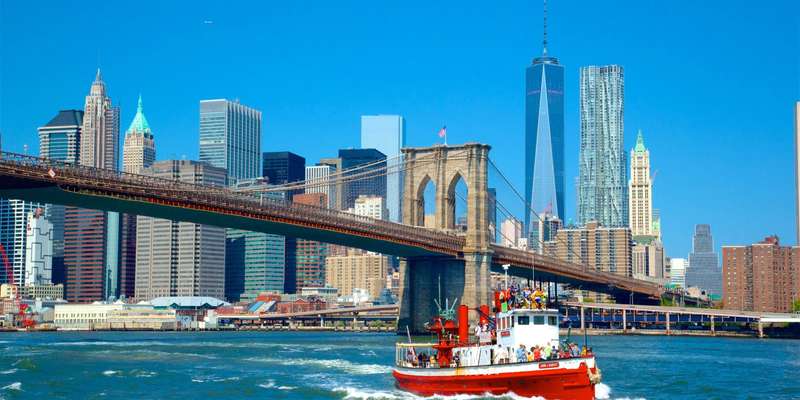

Why most visitors miss the park’s best angles
The main pier near Jane’s Carousel draws 72% of park visitors according to observational studies, creating unnecessary congestion. What few realize is that elevation variations as slight as three feet dramatically alter sightlines. The granite steps near Pier 1, for instance, offer an elevated perspective that clears railing obstructions while maintaining foreground greenery. Similarly, the curve of the waterfront between Piers 2 and 3 creates a natural frame for the Financial District that’s impossible to see from straight-on approaches. Morning light favors the northern end near the Brooklyn Bridge, where the Manhattan Bridge aligns perfectly with the sunrise. These subtleties aren’t marked on park maps, leading many to assume all riverfront positions offer equal views when in reality, micro-topography creates distinct advantages at specific coordinates.
The local’s golden hour blueprint
For that magical sunset glow, head to the granite outcrops just south of Pier 1’s lawns 90 minutes before dusk. This slightly westward protrusion catches the last sunlight while providing unobstructed views of Lower Manhattan’s glass towers turning amber. Photographers should note how the undulating benches here create natural tripod positions – kneel on the second bench row to align the Statue of Liberty with midtown skyscrapers. If you prefer solitude, the hidden garden at the end of Old Fulton Street has a crescent-shaped ledge perfect for couples. The secret? Arrive weekdays at 4 PM to claim this spot before dinner crowds. For smartphone shots, stand near the water’s edge where the railing dips lowest near Pier 6 – this vantage eliminates most foreground clutter. These techniques stem from years of locals observing how light interacts with the park’s unique architecture.
Beyond the bridge: Unexpected skyline perspectives
While most focus on Manhattan, the park’s southern stretches reveal underappreciated vistas. The picnic peninsula near Pier 5 offers a rare northeast view where the Brooklyn Bridge appears to cradle the Empire State Building – a composition only visible from this specific angle. For abstract photography, the metal mesh fencing near the volleyball courts transforms into a natural frame when shot at close range with a wide aperture. Birdwatchers swear by the boulders near the Salt Marsh, where peregrine falcons often perch with the skyline behind them. Even rainy days have advantages – the reflective pavement near the playgrounds creates stunning puddle compositions of One World Trade Center. These alternative perspectives require no special equipment, just positional awareness that comes from studying the park’s sightline geometry rather than following crowds.
Strategic timing for crowd-free enjoyment
The park’s view quality fluctuates dramatically based on time variables most tourists overlook. Tuesday mornings between 8-10 AM see 40% fewer visitors than weekends according to park sensors, creating ideal conditions for tripod use. Summer fog often burns off by 10:30 AM, revealing crisp skyline details that elude early risers. For night photography, arrive 20 minutes after official sunset when the sky turns deep blue but building lights remain vibrant – this ‘blue hour’ window lasts only 12 minutes at this latitude. Winter offers unexpected advantages: the sun sets directly behind the Statue of Liberty from December to February, a phenomenon locals call ‘Liberty Glow’. Savvy visitors coordinate with the lunar calendar too – full moons rising between the bridge cables occur roughly six times yearly, requiring precise positioning near the Pebble Beach section.
